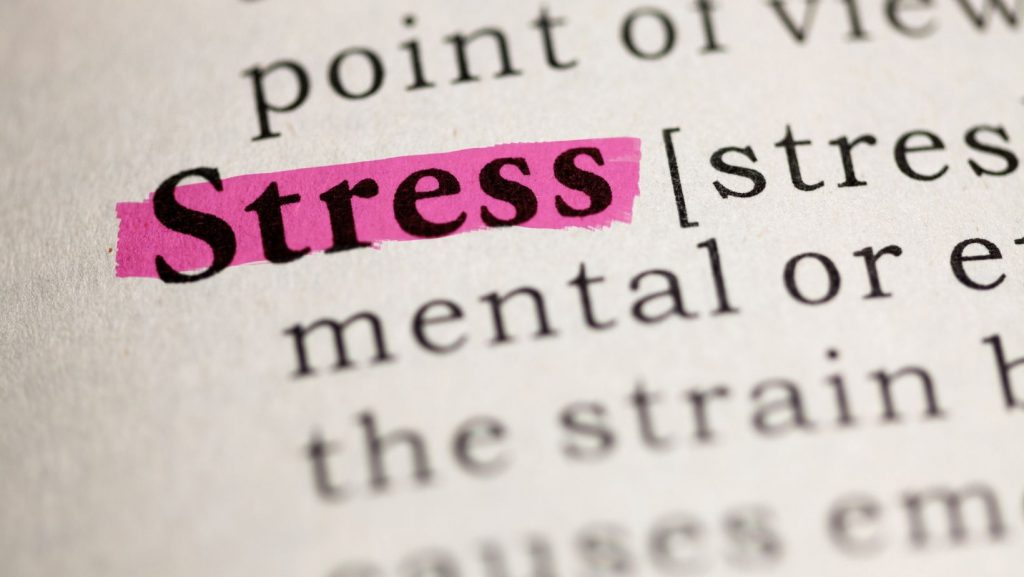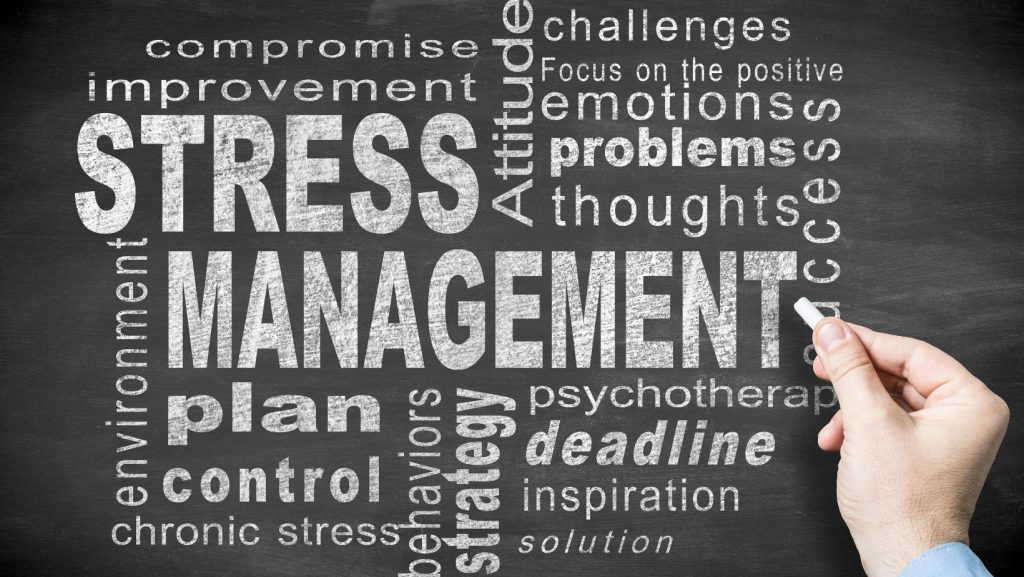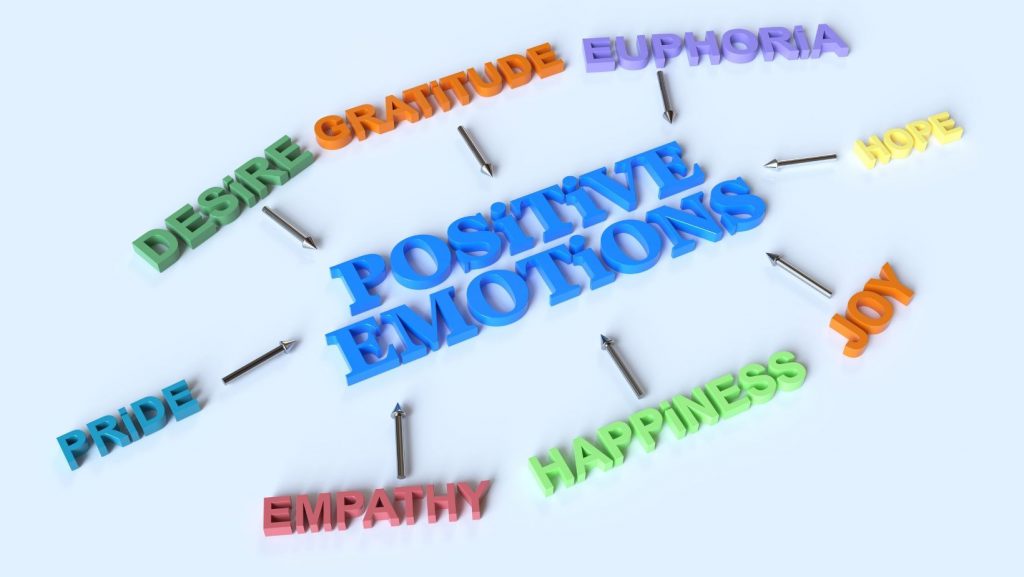
What is stress by definition
Stress Management at work place is the key element of every individuals, that helps to properly execute the duties and even more to create winning formulae.
Stress is a condition or feeling experienced when a person perceives that “demands exceed the personal and social resources the individual is able to mobilize.”
In other simple words, it’s what we feel when we think we’ve lost control of events.

Manage your stress
If you use right tools and techniques, it is possible to manage your stress at workplace. Many of us come across unpleasant stress, whether from a short-term project, or a long-term from the unsatisfied role, or from the personal life. Stress can affect your well-being and productivity.
As we know, what is stress: We experience stress if we believe that we don’t have the time, resources, or knowledge to handle a situation. Simply, we experience stress when we feel “out of control.”
Note: different people have different style, they handle stress differently, in different situations. When you have the help and support needed to do a good job, take control of the situation, believe in your abilities, you can even handle the stress better.

Reactions to Stress
GAS
GAS is a three-stage process that the body goes through when it is exposed to stress. General adaptation syndrome was discovered by Hans Selye.
Phase 1: The alarm phase, prepares a person to respond to the stressor they are experiencing. This is often known as a “fight or flight” response.

Phase 2: The resistance phase, where we adapt to, and cope with, the stressor. The body can’t keep up resistance indefinitely, so our physical and emotional resources are gradually depleted.
Phase 3: The exhaustion phase, at this stage, the body has depleted its energy resources by continually trying but failing to recover from the initial alarm reaction stage.
Once it reaches the exhaustion stage, a person’s body is no longer equipped to fight stress. They may experience:
If a person does not find ways to manage stress levels at this stage, they are at risk of developing stress-related health conditions.
Fight or Flight
Walter Cannon discovered the “fight or flight” response. It’s a basic, short-term survival response, which is triggered when we see something that we perceive as a threat.
Our brains then release stress hormones that prepare the body to either “fly” from the threat, or “fight” it. This energizes us, but it also makes us excitable, anxious, and irritable.

The problem with the fight or flight response is that, although it helps us deal with life-threatening events, we can also experience it in everyday situations – for example, when we have to work to short deadlines, when we speak in public, or when we experience conflict with others.
In these types of situations, a calm, controlled, and socially-sensitive approach is often more appropriate.
Tip: You can see a more comprehensive health publishing at Harvard health publishing website
Impact of stress
Stress impacts our ability to do our jobs effectively, and it affects how we work with other people. This can have a serious impact on our careers, our general well-being, and our relationships.
Manage your stress and enjoy your work
The foremost aspect of managing stress is to understand where these stresses are coming from. This is the progressive step towards, stress management at work place.
Keep a list that describes the causes for your stress. List your stressors based on its impact on you, that affects your work, productivity, health and happiness.
Simply, priorities them based on what accounts the most for you. You have to pay attention to your health and well-being, first.
There are many ways, one could manage stress, some of the approaches are discussed here.
A) Action

Take action to change the stressful situation. You can take actions on the following common workplace’s stressful situation.
Time-Management
Your workload can cause stress, if you don’t manage your time well. This can be a key source of stress for very many people.

Job and role analysis
what’s most important in your role, so that you can prioritize your work more effectively. This helps you reduce stress, because you get the greatest return from your efforts, and you minimize the time you spend on low-value activities.
Managing conflicts with others
Learn to say “No” to the task that is not in your priority
Working Environment
Workplace stress can come from irritating, frustrating, uncomfortable, or unpleasant conditions in the workplace. Take action to minimize stress in your work environment.
B) Emotions
Emotion-oriented approaches are useful when the stress you’re experiencing comes from the way that you perceive a situation.

To change how you think about situation, learn to develop positive thinking and logical thinking. Some perfectionist, who struggle to let go the tasks unless it is perfectly done, experiences the stress. Some people experience because of fear of failure.
C) Acceptance
Acceptance-oriented approaches apply to situations where you have no power to change what happens, and where situations are honestly bad.
Learn to build your defence system to manage the stress.
Meditation, Resilience management, exercise, sleep, relax management, collaborate with others, and develop support network.

Be Aware of
Stress management at work place: Problems usually pop-out from one of three sources:
Workload: You have more work to perform than your available time.
Competency: When some one feels that the level of competency is low that she/he needs to execute the job.
Relationships: she feels that a colleague is being aggressive, unhelpful or unfriendly.
To control your stress, conduct a job analysis, so that you know your most important priorities at work. Learn good time management strategies, so that you can handle your priorities effectively. Try to let go of negative thinking habits, and become a positive thinker.
Also, create defenses against stressful situations that you cannot control – use your network, be sure to get enough exercise and sleep, and learn how to relax.
Establish your connection with Nature – Experience the ultimate fragrances
Find your inner calm

Have look at our amazing Lookbook – Click here
Read our fragrance related contents at store’s “The Corner Site”
Navigate to fragrance guide and choose yours – Click here
1 reply on “Stress Management at work place”